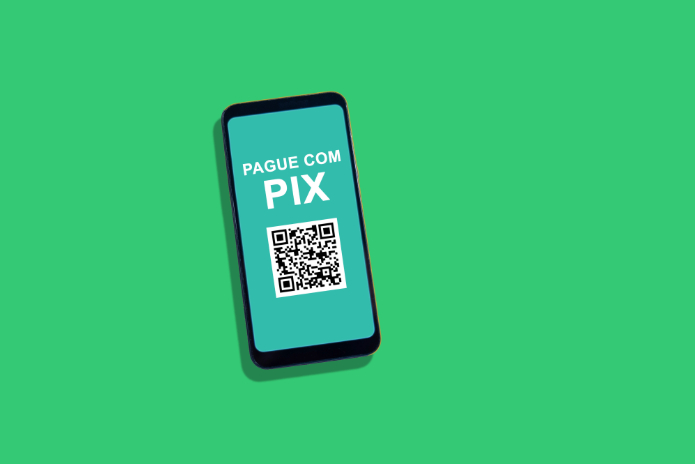Since its launch in November 2020, Pix has become part of Brazilians’ daily routine and quickly emerged as one of the biggest transformations in our financial system. Created by the Central Bank, it changed how we pay, receive, and transfer money. It made life easier, cut costs, and paved the way for more people to access banking services. So efficient that Pix has also become a reference abroad, inspiring similar solutions in other Latin American countries.
Pix was born to be a faster, simpler, and more accessible alternative to old options like TED, DOC, and payment slips. In less than four years, it proved its worth—over 170 million Brazilians now use the system, according to the Central Bank, and it moves trillions of reais every month. A result that speaks for itself.
Its success is explained by features like being free for individuals, which made it popular among the population; 24/7 availability, eliminating banking hours barriers; settlement in seconds, facilitating commerce and digital services; and integration with the financial ecosystem, allowing fintechs and digital banks to grow on this infrastructure.
Pix didn’t stop at everyday transfers. It also became an ally in public and social policies, helping with government benefit payments and facilitating fundraising. A tool that brought money even closer to those who need it most.
Pix’s success caught the attention of Latin American neighbors, where financial inclusion remains a challenge. Countries like Colombia, Argentina, Mexico, Chile, and Peru have studied or already implemented systems inspired by the Brazilian model. The most representative case is Mexico’s CoDi, which tries to replicate the instant transaction proposal via QR Code. Colombia, in turn, advanced with Bre-B, while Argentina bets on integrating Transferencias 3.0.
The key difference is that Pix wasn’t just a technological solution but a state project with centralized regulation and strong private sector adoption. In many Latin American countries, regulatory fragmentation and the power of traditional banks hinder similar progress. Still, Brazil’s influence is clear—governments and central banks have prioritized creating more open and universal payment systems.
Pix’s evolution hasn’t stopped. Today, discussions include Pix Internacional, which would enable real-time transactions with other countries. If realized, this project could be a catalyst for economic integration in Latin America, reducing international remittance costs—especially relevant for regions with high migrant circulation.
Moreover, new functionalities like Pix Garantido (a kind of integrated installment plan) and Pix Automático could further expand the system’s reach. These innovations reinforce Brazil’s position as a global reference in instant payments.
Pix changed financial logic in Brazil, bringing inclusion, efficiency, and competitiveness. More than that, it paved the way for all of Latin America to rethink its payment systems. If the region can overcome political and regulatory barriers, we could see an integrated instant payment ecosystem in a few years—a leap that would reduce inequalities and expand economic opportunities.
Pix showed that innovation in the financial sector doesn’t have to stay solely in the hands of large private companies. When the state, the market, and technology come together, people’s lives can be made much easier. Extending money access to those who previously lived on the margins may be one of Brazil’s greatest legacies for Latin America.


